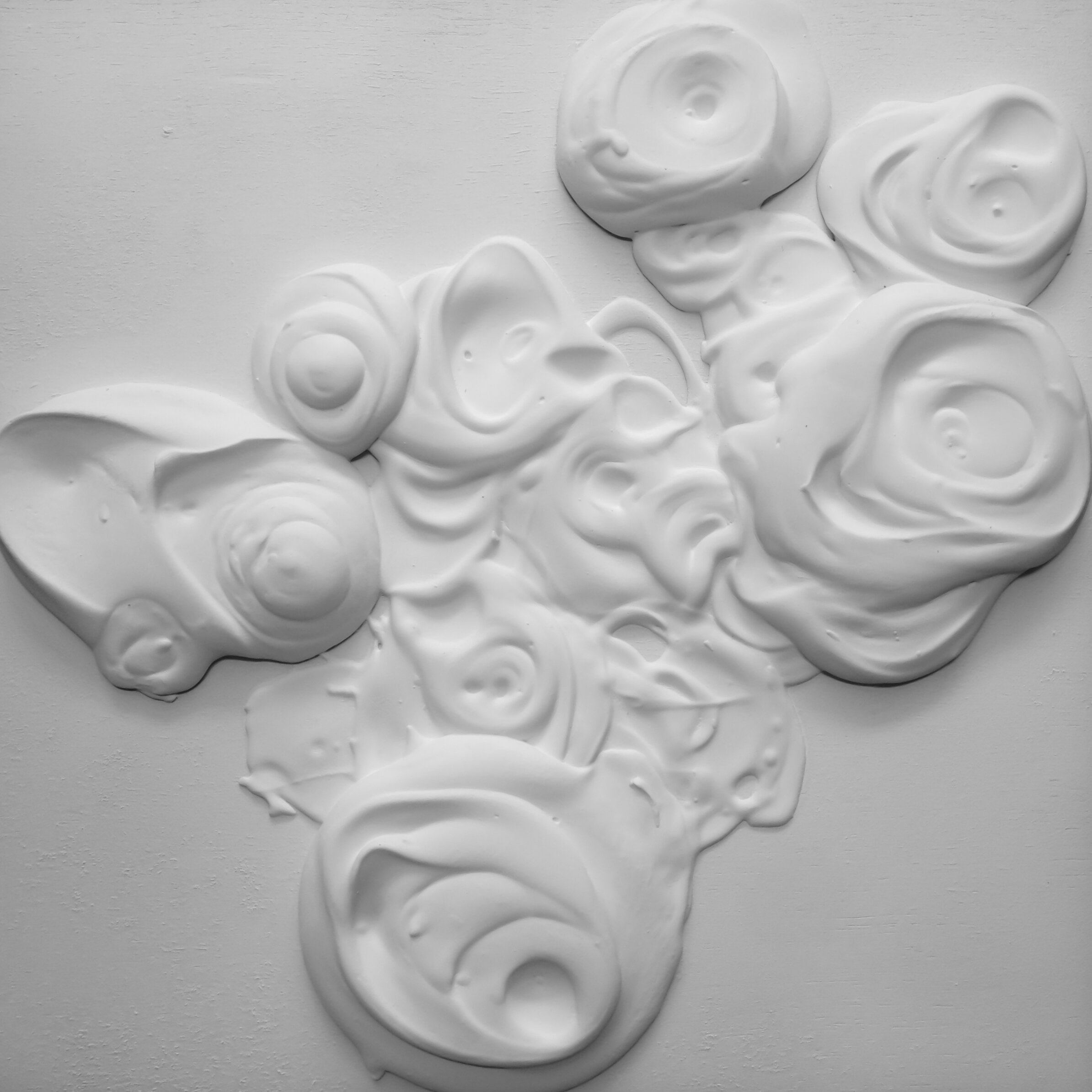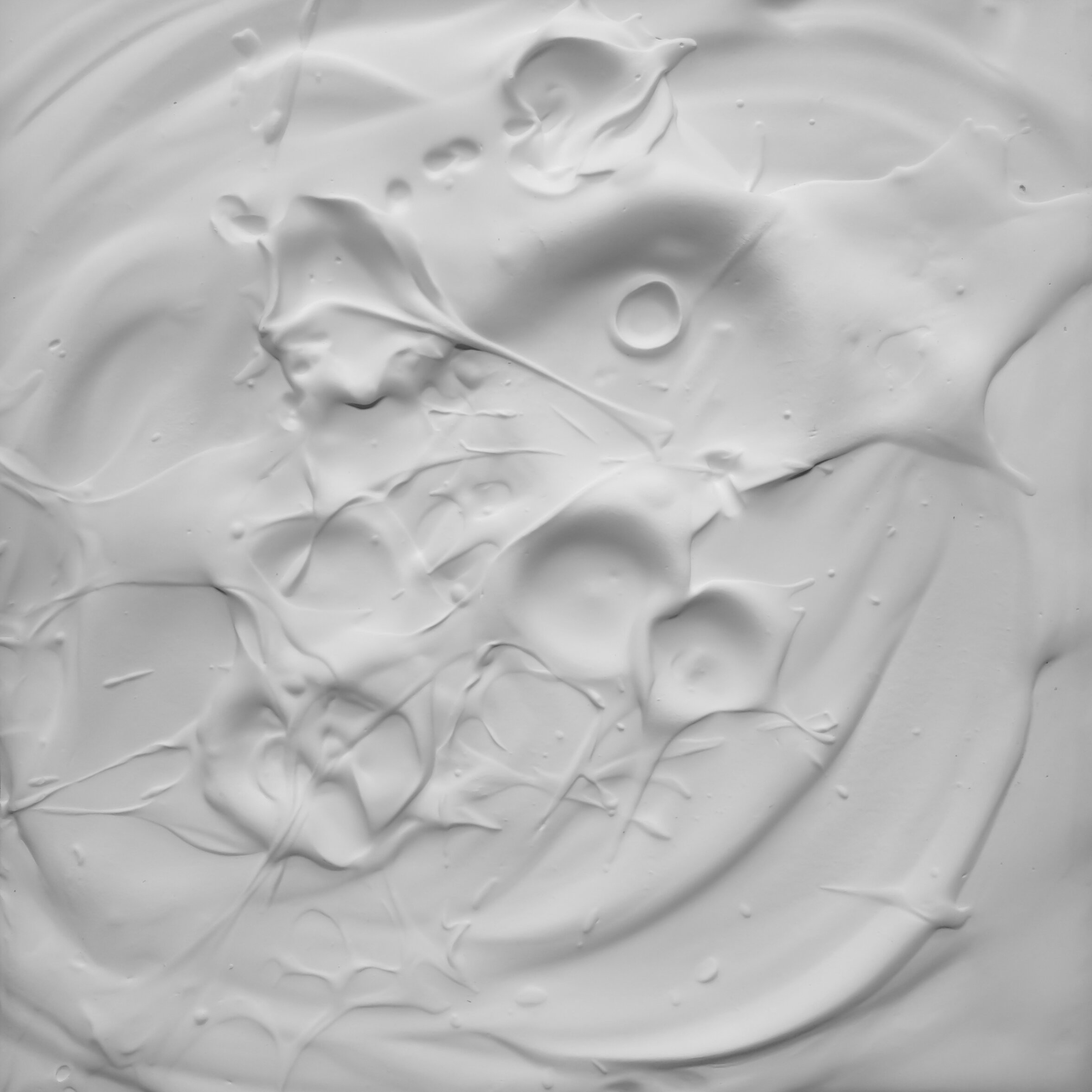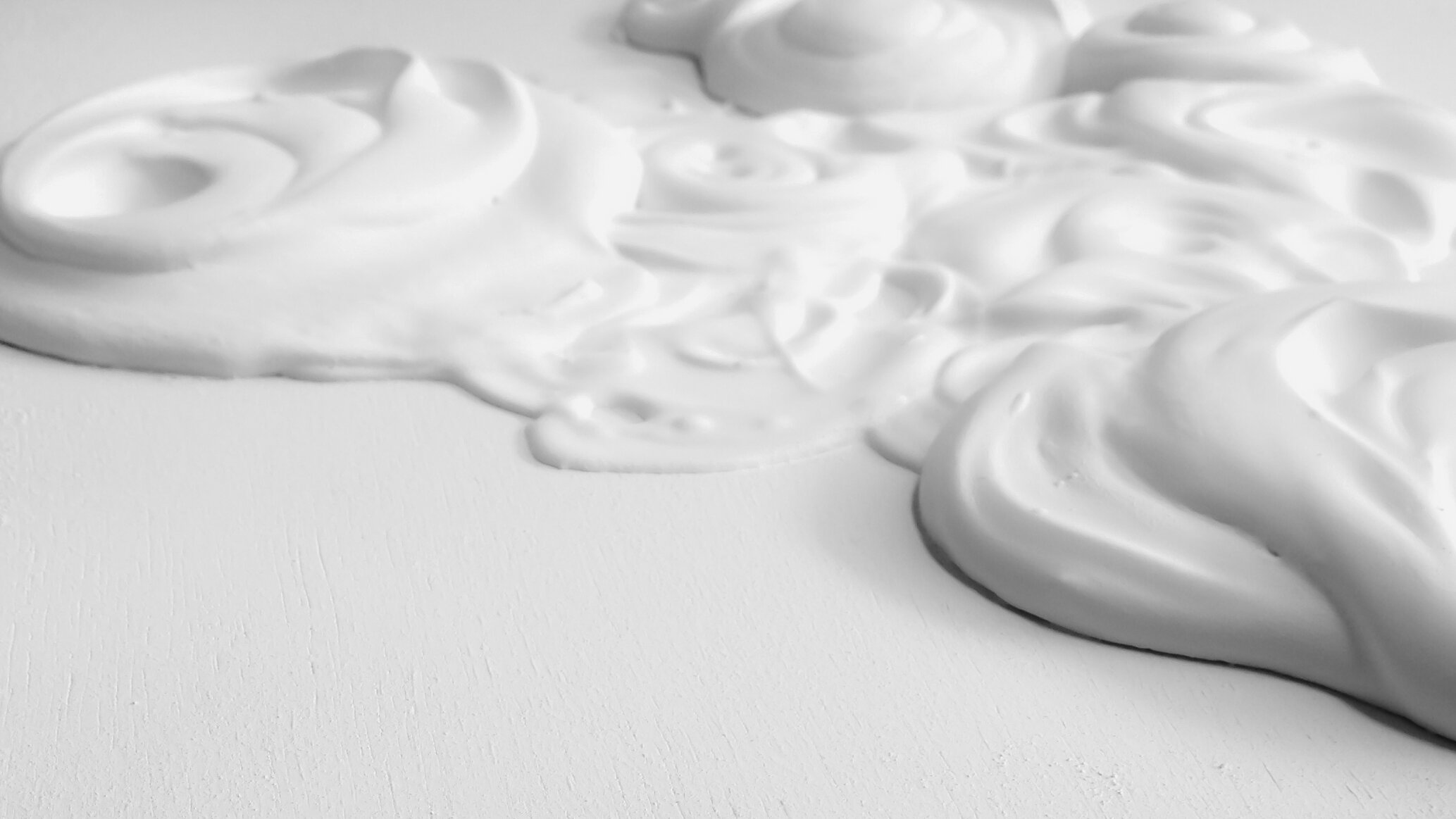Liquid Rock
“Formed by standing surface water acidic enough to dissolve surrounding rock into clay, mudpots have a similar structure to hot springs, but with a lower water supply. Gas or water vapor, thermally heated by underlying volcanic activity pushes through the mud, creating the bubbles we see on the surface. In acidic systems hydrogen sulphide gas often emanates through the mud, giving mudpots a familiar sulphurous, or rotten egg smell.” (Dr. Jefferson Hungerford, Yellowstone National Park geologist)



Mixed plaster goes through interesting viscosity changes as it sets and if you work quickly you can catch it just at the point at which it holds a slight peak. Work with it too long and it will crumble to the texture of cottage cheese, too early and it will simply level out again, but if you play with it at just the right moment you can really mimic some of those lovely fat, bubbly mud pool bursts. The ease with which it is now possible to capture phenomena like this on slow motion video is such a delight and I’m reminded of the fascination Bacon had with Eadweard Muybridges’s sequential photograph’s of human beings in motion. Pausing or slowing down actions like this allows you to step inside them, a bit like the man on the fairground waltzer, who comes to ask for your change before spinning you wildly and floating off again over wooden waves.

